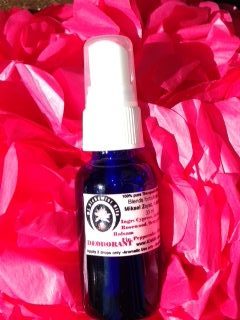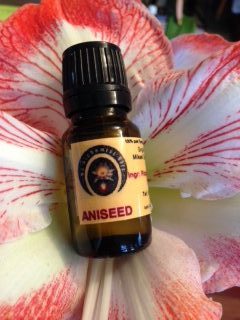Amber, Tunisia
$11.00 – $32.00
Amber, Tunisia. Oil of Amber is a transparent, yellow oil, procured from succinic acid (spirit of amber) by increasing the heating temperature. It was produced by repeated distillation. It is very fluid and penetrative and was once used as an antihysteric and emmenagogue. [wikipedia]
Historic medicinal uses
Amber has long been used in folk medicine for its purported healing properties.[42] Amber and extracts were used from the time of Hippocrates in ancient Greece for a wide variety of treatments through the Middle Ages and up until the early twentieth century.[citation needed]
Scent of amber and amber perfumery
In ancient China it was customary to burn amber during large festivities. If amber is heated under the right conditions, oil of amber is produced, and in past times this was combined carefully with nitric acid to create “artificial musk” – a resin with a peculiar musky odor.[43] Although when burned, amber does give off a characteristic “pinewood” fragrance, modern products, such as perfume, do not normally use actual amber. This is due to the fact that fossilized amber produces very little scent. In perfumery, scents referred to as “amber” are often created and patented[44][45] to emulate the opulent golden warmth of the fossil.[46] The modern name for amber is thought to come from the Arabic word, ambar, meaning ambergris.[13] Ambergris is the waxy aromatic substance created in the intestines of sperm whales and was used in making perfumes both in ancient times as well as modern. The scent of amber was originally derived from emulating the scent of ambergris and/or labdanum but due to the endangered status of the sperm whale the scent of amber is now largely derived from labdanum.[47] The term “amber” is loosely used to describe a scent that is warm, musky, rich and honey-like, and also somewhat oriental and earthy. It can be synthetically created or derived from natural resins. When derived from natural resins it is most often created out of labdanum. Benzoin is usually part of the recipe. Vanilla and cloves are sometimes used to enhance the aroma.
“Amber” perfumes may be created using combinations of labdanum, benzoin resin, copal (itself a type of tree resin used in incense manufacture), vanilla, Dammara resin and/or synthetic materials.[43]








Reviews
There are no reviews yet.